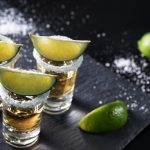Much like whiskey is the main category of any spirit distilled from grain, mezcal is the main category of any spirit distilled from wild agaves. Within the category, there are other agave spirits:
- Tequila
- Mezcal: Yes, the term mezcal is both a category and a subcategory!
- Raicilla: Similar to smoky mezcal, this liquor is made specifically in Jalisco.
- Bacanora: Produced in the northwest Mexican state of Sonora, this spirit features a more subtle smokiness than mezcal.
- Sotol: Sotol isn’t actually made from the agave plant at all, but it is still categorized under this umbrella because the sotol plant is similar in nature.
-
PRODUCTION PROCESS OF TEQUILA AND MEZCAL
Both tequila and mezcal start with the mature agave heart as its sugar source for fermentation. They are then roasted, and this is where the two spirits begin to differentiate. We have included a chart below to highlight the main differences between mezcal and tequila’s distillation process, production, and style.
Tequila Production Mezcal (the spirit) Production Agave Source Blue Weber Agave Up to 30 different varietals, mostly Espadin, Tobalá, Tobaziche, Tepeztate, Arroqueño Cooking Process Typically steam-cooked inside ovens Typically cooked inside earthen pits lined with lava rock and filled with wood and charcoal Fermentation Regular yeast fermentation with either wild or cultivated yeasts Regular yeast fermentation with either wild or cultivated yeasts Distillation Distilled 2-3 times in copper pots Distilled 2-3 times in either pot stills or clay stills Aging Categories - Blanco (silver, white, plato): Aged 0-2 months in oak barrels
- Reposado: Aged 2 months-1 year in oak barrels
- Añejo: Aged 1-3 years
- Super Añejo: Aged 3+ years
- Joven: Aged 0-2 months
- Reposado: Aged 2 months-1 year
- Añejo: Aged over 1 year
Style Categories - Mixto: At least 51% agave sugars used in distillation
- 100 Agave%
- Mixto: At least 80% agave sugars used in distillation
- 100% Agave
***
There is a lot of diversity in this category, and it is common to see single village varietals as well as other classifications based on the “maguey” (agave plant) used. There are also styles such as Minero, Pechuga, and Crema de Mezcal.
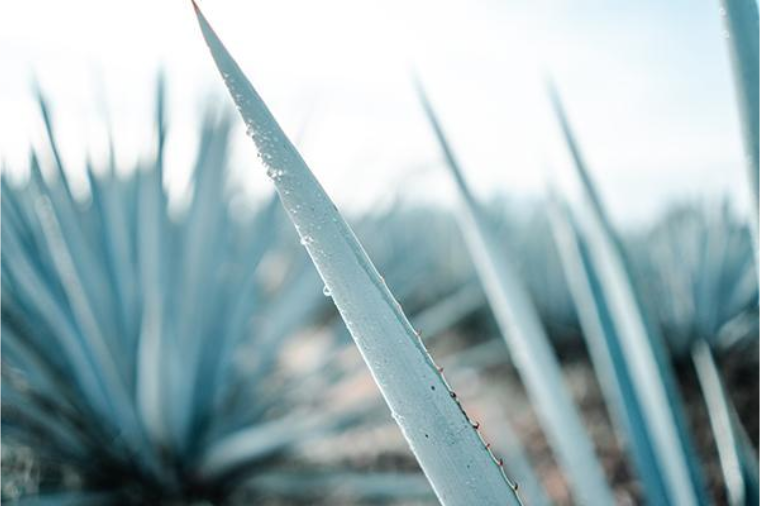
VARIETALS OF AGAVE (OR “MAGUEY”) USED IN MEZCAL PRODUCTION
- Espadín: This accounts for more than 90% of mezcal production and is the most common agave.
- Tobalá: Deemed as the “king of mezcals” this particular variety is very rare and harvested from the wild!
- Tobaziche: This type of agave is harvested from the wild and can make herbaceous and savory mezcal.
- Tepeztate: This agave takes up to 30 years to reach maturity. This obviously means good luck finding any and probably not the best choice for cocktails.
- Arroqueño: The mezcal made from this plant is floral, vegetal and often have a spicy, bitter chocolate note.
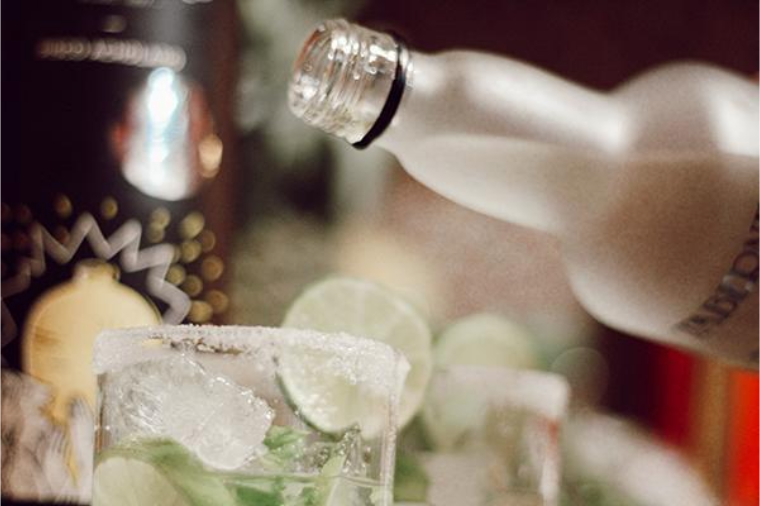
TASTE OF TEQUILA AND MEZCAL
The main difference between tequila and mezcal is that mezcal usually has a smoky flavor that will persist into the final distillate. Mezcal can feature a wide variety of flavors based on the fact that many different types of agave are allowed for production.
This agave spirit can be light and fruity with a touch of smoke, or they can be dominated by the smoky nature of its roasting process. In my opinion, mezcal also has a more earthy flavor than tequila, perhaps due to its signature smoky taste.
On the other hand, tequila tends to be much more focused on the cooked agave flavor of the blue agave plant. You can expect brighter citrus notes, fruit characteristics, pepper notes, and a vegetal component from most tequilas.

MEZCAL BRANDS TO TRY
There are so many brands of mezcal out there now in a wide price range, but if you’re going to grab a bottle of mezcal for your next soiree, we recommend starting with these:
- Del Maguey Vida: This is a great liquor for its price, around $35-40 in the US. Del Maguey also makes several higher-end mezcals that bartenders, aficionados, and even a spirits writer or two all swear by.
- Ilegal Mezcal: With a few different varieties, Ilegal is a standard favorite. The joven variety is unaged and versatile, making it a great option for cocktails; it’s also in the $35-40 range.
- Gracias a Dios: This distillery offers the widest range of spirits on our list, including flavored mezcals, ranging in price and beginning around $40 in the States.
POPULAR COCKTAILS TO MAKE WITH MEZCAL
Any cocktail you would make with tequila, you can create by subbing in mezcal! Personally, I love making a margarita with mezcal (or half-mezcal– more on that below). To get you started, here are a couple of our other favorite signature drinks featuring mezcal that are sure to turn you into a true mezcal fan.

MEZCAL COCKTAIL RECIPE #1: HUMO Y MIEL
The smokiness of mezcal is cut by mixing it with aged tequila in this sophisticated cocktail that also features one of my favorites– yellow Chartreuse liqueur!
INGREDIENTS:
- 1 ½ oz Mezcal
- 1 oz Reposado Tequila
- ½ oz Yellow Chartreuse
- ½ oz Honey Syrup
DIRECTIONS:
Combine all ingredients into a mixing glass with ice cubes, and stir until mixed and chilled. Strain into a Nick & Nora glass or coupe cocktail glass. Express fresh lemon zest over the drink.
Garnish: Expressed Lemon Twist
MEZCAL COCKTAIL #2: HOGUERA
This is a very smoky mezcal cocktail not for the faint of heart (or taste buds)! The sweet and sour quality mixed with the smoky base spirit is really delicious and unique.
INGREDIENTS:
- 1 ½ oz Mezcal
- ½ oz Islay Scotch (the smokier the better)
- ¾ oz Fresh Lemon Juice
- ¾ oz Vanilla Syrup
- ¾ oz Egg White
DIRECTIONS:
Combine all ingredients into a cocktail shaker tin, dry shake without ice for 10-15 seconds. Then add ice, and shake again for another 10-15 seconds. Double strain with a Hawthorne strainer and fine mesh strainer into a coupe glass. Express lemon zest over the cocktail, and then torch the lemon peel to brown the pith.
Garnish: Torched Lemon Twist
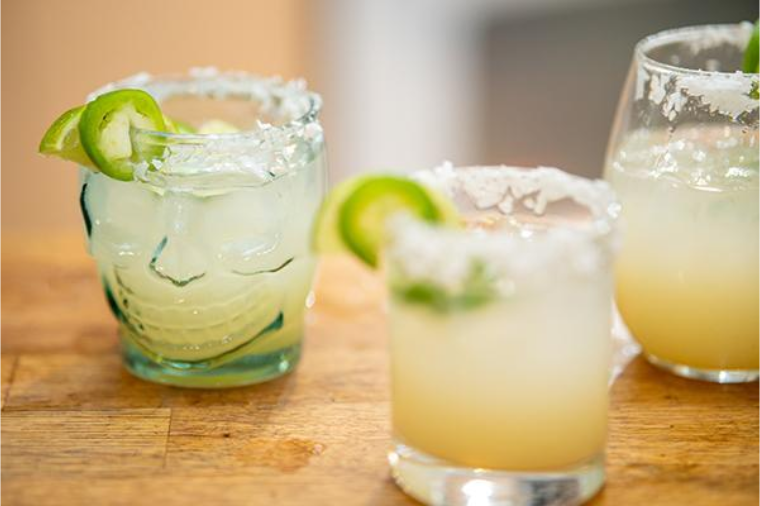
MEZCAL COCKTAIL #3: TROP-KICK
The bold flavors of mezcal, pineapple, herbal liqueur, and jalapeño makes this drink one of my favorite recipes. I’m curious is it will be one of yours, too!
INGREDIENTS:
- 1 ½ oz Mezcal
- ½ oz Passionfruit Liqueur
- 3 dashes Angostura Bitters (float)
- ¾ oz Fresh Lime Juice
- ¾ oz Agave Syrup (watered-down agave nectar)
- 3 chunks of Pineapple
- 1 slice of Jalapeño
DIRECTIONS:
Add chunks of pineapple and jalapeño slice into the shaker tin, muddle down to a pulp, and then add all remaining ingredients except bitters into your shaker with ice. Shake hard but only to mix. Double strain into a Collins glass, and add fresh ice and dash the bitters on top for a float.
Garnish: Mint Sprig and Pineapple Slice
FINAL THOUGHTS ON MEZCAL VS TEQUILA
You can use mezcal for creating cocktails, but the smoky flavor profile can be an acquired taste. Try substituting half of the mezcal in your cocktail with tequila to bring down the smoke element. Or do the reverse and substitute half the tequila in your classic tequila cocktails with mezcal in order to add a more complex flavor.
*Written by https://abarabove.com/tequila-vs-mezcal-whats-the-difference/
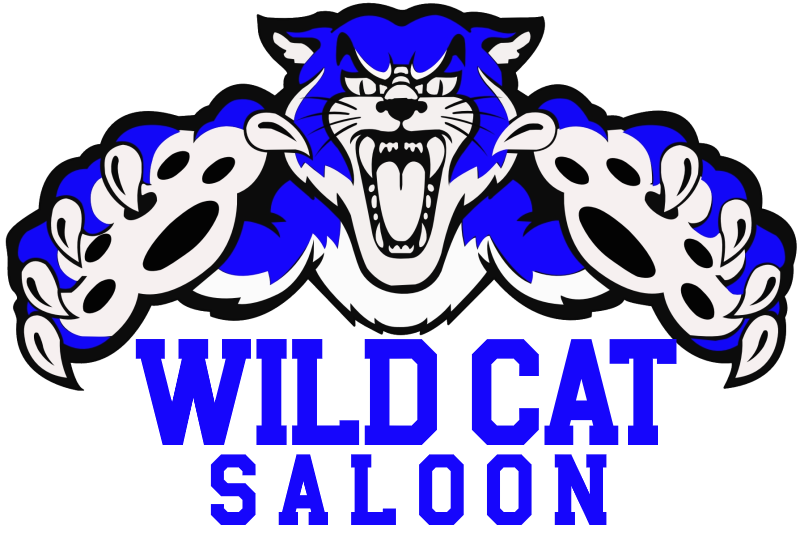
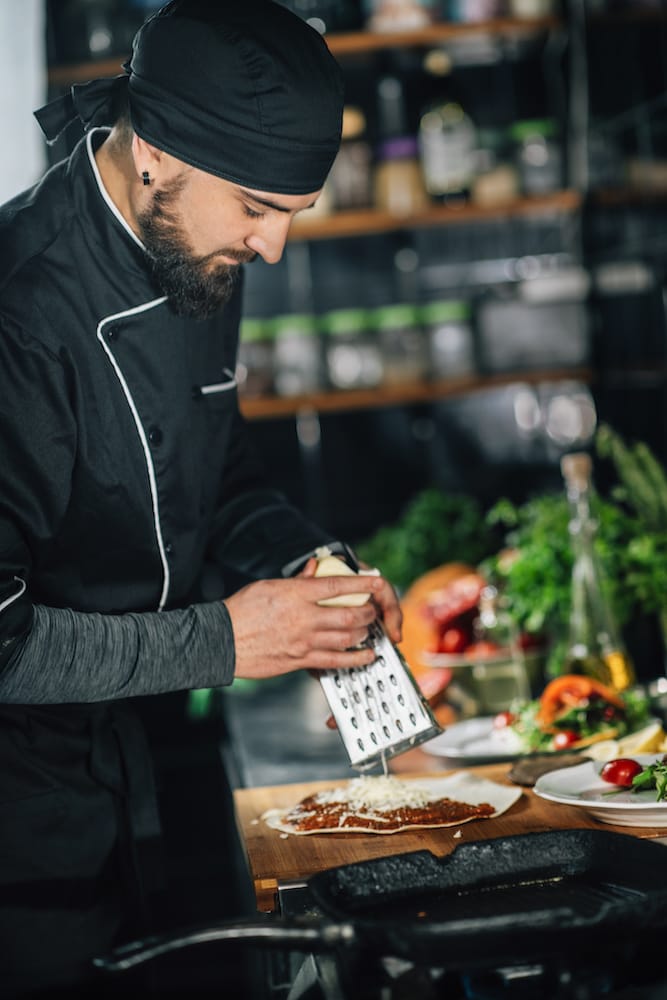 At vero eos et accusam et justo duo dolores et ea rebum.
At vero eos et accusam et justo duo dolores et ea rebum.


